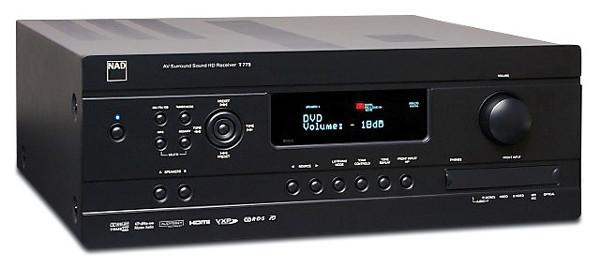What’s the Difference Between Relative and Absolute Volume?

Q I’m confused by the volume display on my AV receiver. There are two settings to choose from, Relative and Absolute. What’s the difference, and what do they mean? —Scott Oakley / via e-mail
A The relative volume display on an AV receiver or preamp confuses lots of people, mainly because it indicates volume as a negative number even as the sound level being put out by your speakers is quite loud—in some cases, painfully so.
Here’s the difference between a relative and absolute volume display. The first thing you need to know is that movie soundtracks are mixed in a room calibrated to 85 decibels and capable of an extra 20 dB of headroom, resulting in 105-dB sound-pressure level peaks. The second thing you need to know is that, with a relative volume display, volume is scaled so that reference level is achieved at a setting of 0. Now hold those two thoughts for a moment.
When you first set up your AV receiver, the signal level of the pink-noise test tones used to calibrate the output of your speakers should be 75 dB (with C weighting engaged on your SPL meter). That’s on a THX-certified receiver at least, and presumably with other models. When you use those internally generated test tones, which are intentionally offset by –10 dB to be easier on your ears during the calibration process, the goal is to balance the individual speakers in your system for a 75-dB sound-pressure level. Once that’s been set, any time your receiver’s volume level is adjusted to 0 dB, you will experience soundtracks at a reference-level volume of 85 dB with the same 105-dB peaks used for mixing movie sound. This allows you to hear the balance and character of that mix as close as possible to what the original filmmaker intended.
The reality, of course, is that reference level listening is uncomfortably loud for most home environments. There are multiple reasons for this; they range from movie producers wanting ever-louder tracks to having only a few listeners in the room (cinema reference level assumes the venue is empty during calibration but full of people absorbing sound during playback). In most cases, you’ll find yourself lowering your receiver’s volume to the —10 to &mdash’30 dB range, especially for casual listening. And although it will be able to push volume levels past 0 dB into the positive-number territory, doing so may risk distorting the sound. In general, reference level is the loudest you should ever play movie soundtracks.
Now on to Absolute volume level. With this setting selected, your receiver’s volume range should be something like 0 to 100, with 0 being absolute silence and 100 being really freaking loud. And while one number in that range will correspond to reference level compared with the relative scale—on certain Onkyo AV receivers mated to my favorite speakers, for example, reference level after calibration with Absolute volume display selected will read 82—absolute volume level indicators are fairly meaningless.























































